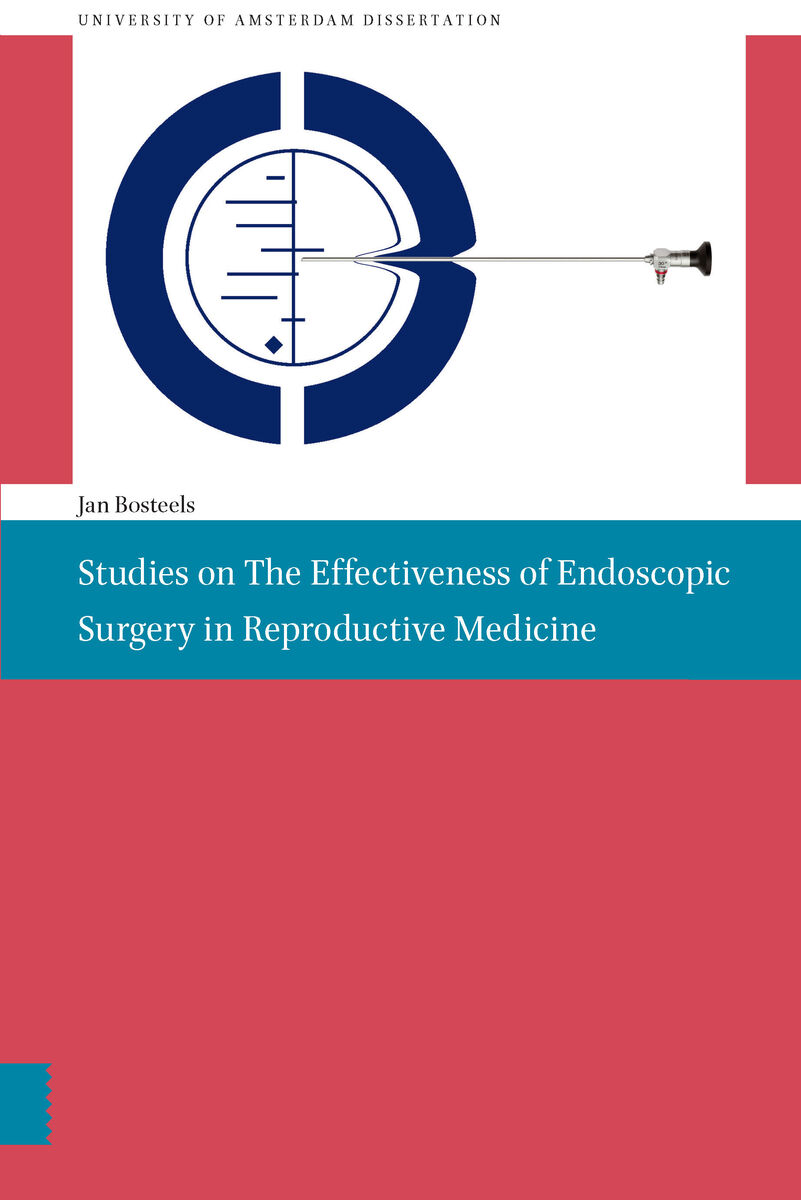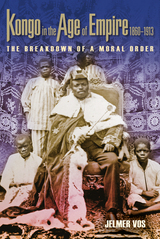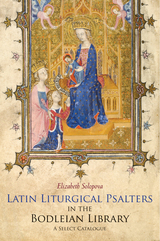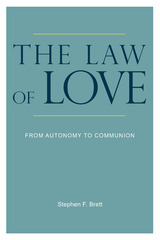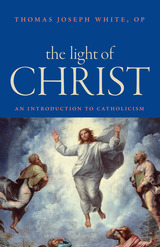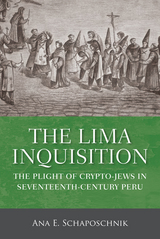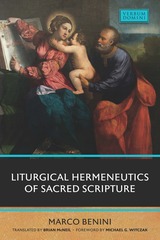Studies on the effectiveness of endoscopic surgery in reproductive medicine
Amsterdam University Press, 2014
Paper: 978-90-5629-755-8
See other books on: Medical | Reproductive Medicine & Technology | Studies
See other titles from Amsterdam University Press
Paper: 978-90-5629-755-8
ABOUT THIS BOOK
ABOUT THIS BOOK
In the present doctoral thesis the evidence-based fundament for the shift from tubal reconstructive surgery to ART for treating tubal infertility is investigated. There is no randomised comparison between ART and reconstructive tubal surgery. Doing a laparoscopy in all cases of subfertility is not sensible given the availability of alternative and reliable diagnostic procedures to study tubal patency. The effectiveness of hysteroscopy for treating female subfertility is limited to some specific indications. There are many knowledge gaps in our current understanding of the effectiveness of hysteroscopic interventions in the treatment of subfertile women. These should be studied preferably by pragmatic randomized studies. The use of anti-adhesion barrier gels may decrease the incidence and the extent or severity of intrauterine adhesions following hysteroscopic surgery in subfertile women, but data on pregnancy and live birth rates are missing. Recent years have witnessed an increase in the number and the methodological quality of published reports of randomized studies on reproductive surgery. This may be linked to the CONSORT statement. The pros and cons of evidence-based practice in reproductive surgery are discussed at the end of this doctoral thesis.
See other books on: Medical | Reproductive Medicine & Technology | Studies
See other titles from Amsterdam University Press
